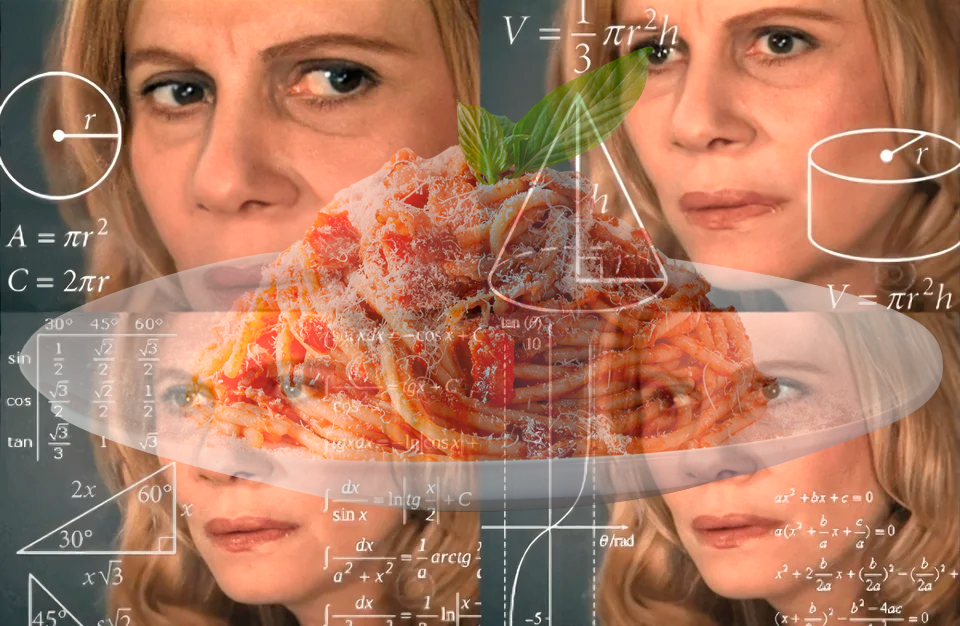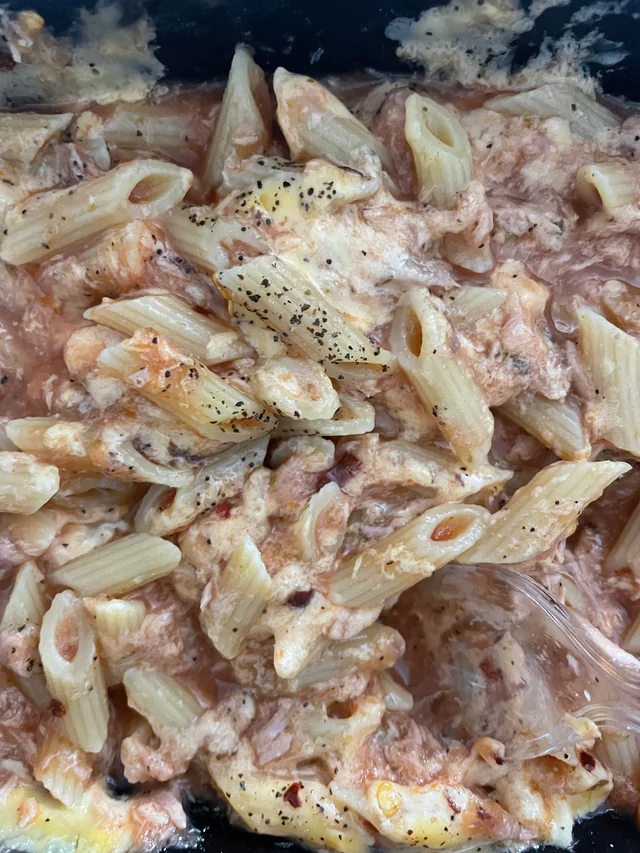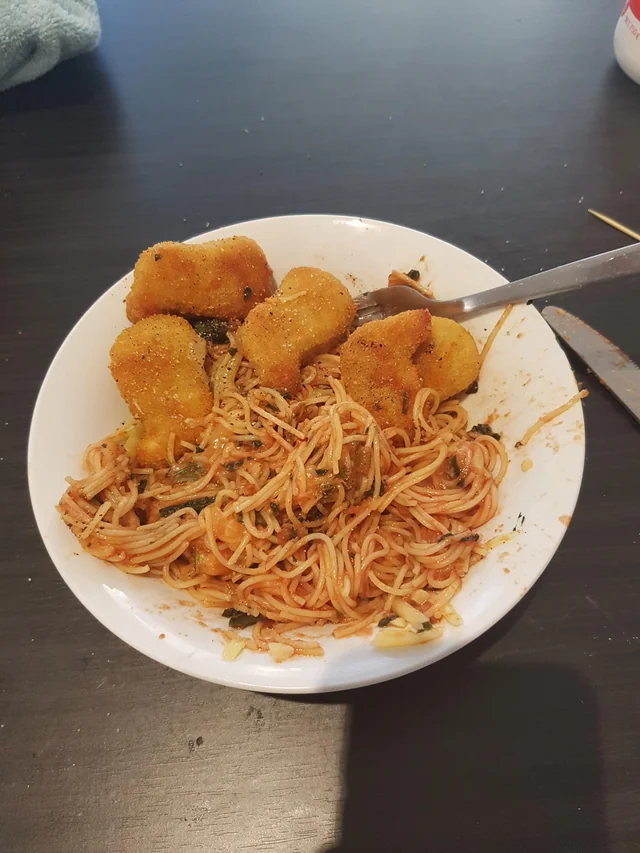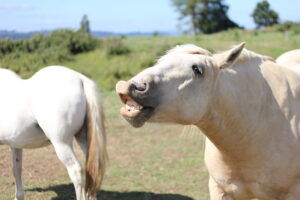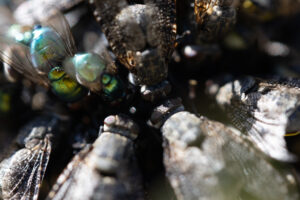I am sorry to be the bearer of bad news, but it appears that tortellini pasta may be based on the shape of a bellybutton. Even if it is not true, now it’s impossible to ignore the resemblance: you are doomed to feel a small, disembodied belly button, rolling about in your mouth, whenever you eat one of these stuffed morsels.
But what is the function of this pasta shape beyond a horrifying likeness?
And hey – why are there so many shapes of pasta? Don’t they all taste the same? Why the spirals, the ridged tubes, those little bow-ties that you may assume are eaten exclusively by 2012-era hipsters?
Of course, there are rich cultural histories behind each strange shaping of this beloved carb. But there is also science. Specifically, one scientific inquiry looms over the entire culinary experience: which of these endless pasta shapes is best suited to which sauce, and why? Let’s explore this question, while enjoying several examples of how to get it absolutely wrong.
“Helicool Spirals” – Your Geometer Dad Trying to be Relatable at Dinner
Delicious helicoid, why art thou so adept at capturing creamy sauces in your crevices (and why is that such an uncomfortable sentence to read?)?
Spiral pasta’s cultural roots are rich, and different regions – even singular towns – in Italy use different recipes and methods to create their very own rotini, fusilli, andarinos, or whatever spiral is their speciality.
But one truth is nearly universal about these spindly wonders: the increased surface area of these pastas, which resemble a three-dimensional curve winding around a central axis, enables sauces to pool and cling effectively. This results in a more flavourful and satisfying dish if your sauce of choice is something heavy or chunky.
On the other hand, when it comes to lighter sauces such as olive oil-based or delicate herb-infused creations, spirals might not be your best bet. Their intricate curves and crevices can sometimes overshadow the subtlety of these sauces, leaving them lost in the labyrinth.
Literary Ridges
Alright, let’s talk about the venerable penne, whose shape cannot be discussed without acknowledging the etymology. The tubular form emulates the old metal pennino, or ‘pen’. Much like its stationary ancestor, penne picks up pasta sauce with the ease of a quill in an inkwell, aided by its large diameter and hollow centre, so sauce can be held inside and out.
And only strengthening the already formidable gripping power of this pasta is, of course, those ridges. As your penne cooks, these ridges create friction against the sauce – similar to how fingerprint ridges help you grip a little snack in your greedy little claw –providing ample opportunity for it to cling to every nook and cranny. This means that even the most delicate of sauces, such as a light tomato basil, find a sturdy anchor in the rugged terrain of penne rigate.
Basic Becketti
Let us not overlook the classic spaghetti – the thin, string-like pasta which features in so many of our collective childhood memories of Bolognese dinners. But while it may seem like a straightforward choice, many believe that spaghetti’s thinness and uniform, cylindrical shape is not the ideal for chunky sauces – yes, that includes crumbled meat concoctions.
In fact, spaghetti is well-suited for dishes with thinner sauces like aglio e olio, where only the oily sauce and pasta are involved. Why, you ask? Ever heard of Yin and Yang?
The objective is to savour the sauce’s flavour without overwhelming the palate with excessive oiliness in each bite. Spaghetti’s long and smooth surface allows these lighter sauces to adhere evenly – aided by the ever-important sticky starch – without creating pockets where oil accumulates. Equally, the slender, delicate quality of the thin spaghetti means that the pasta taste won’t overwhelm the subtle flavours in the sauce. Instead, the pair pas de deux in perfect harmony upon your tongue. Chef’s kiss.
Now That’s Amore
Pairing pasta shapes and sauce goes far beyond mere aesthetics. Each shape has been meticulously crafted and changed by culinary enthusiasts throughout the centuries, whether by maximising sauce adherence or providing the perfect vessel for flavour absorption.
So, the next time you’re faced with a plethora of pasta options, remember to consider not only the cultural history but also the empirical logistics behind each shape and sauce pairing. After all, a well-informed choice is the first step towards pasta perfection, every time.
And don’t mix pasta shapes. Don’t you freaking dare.



